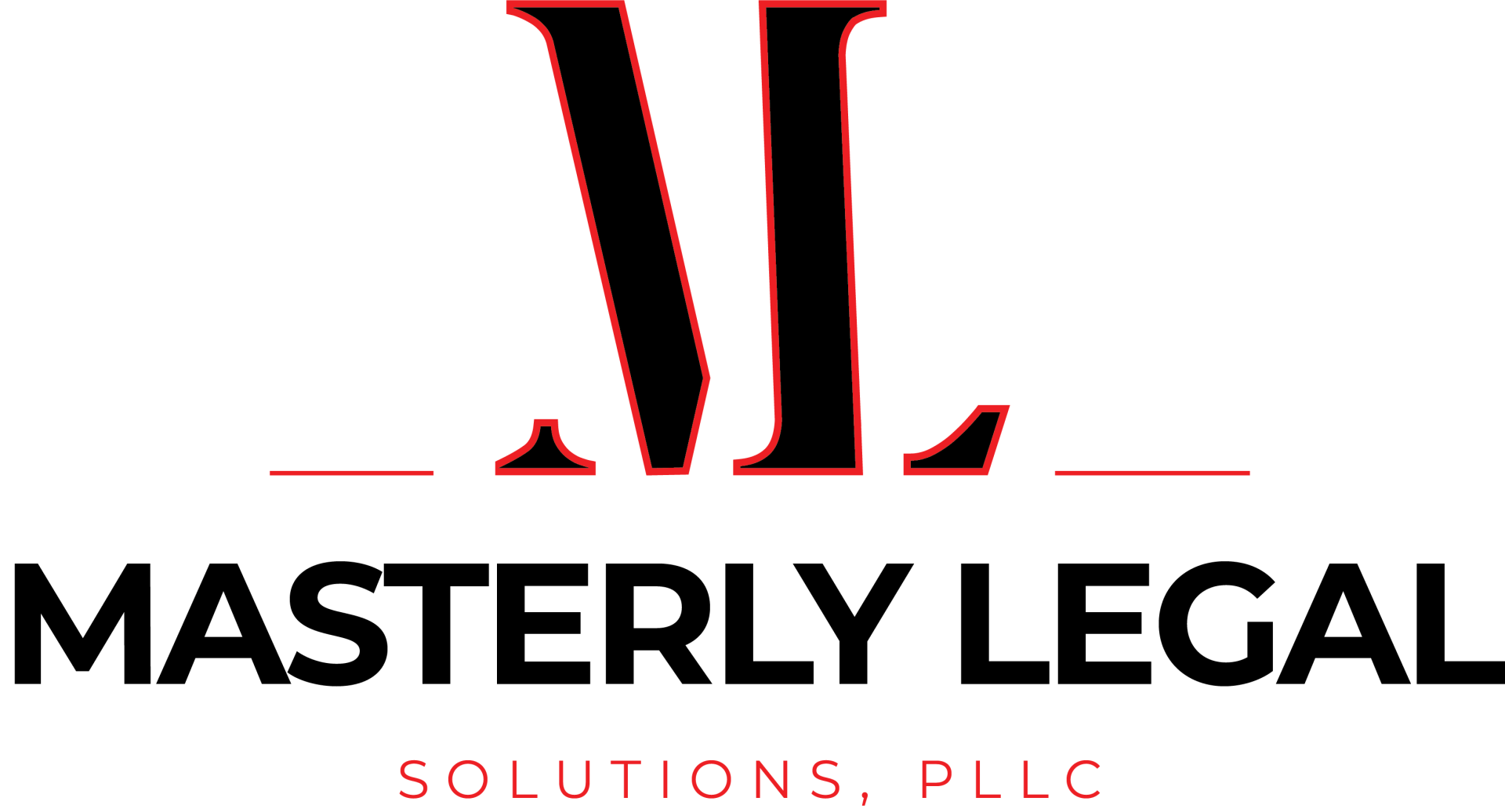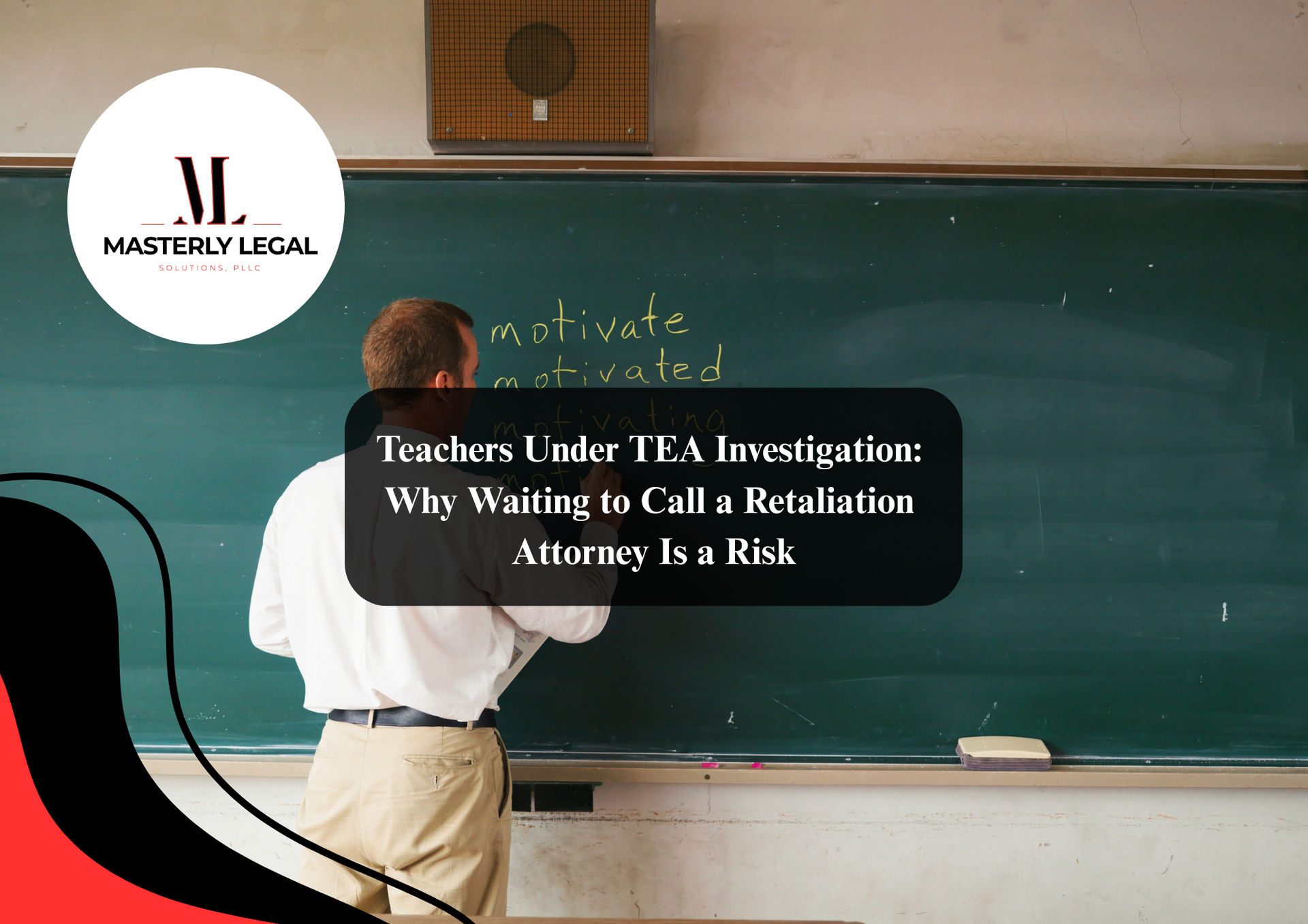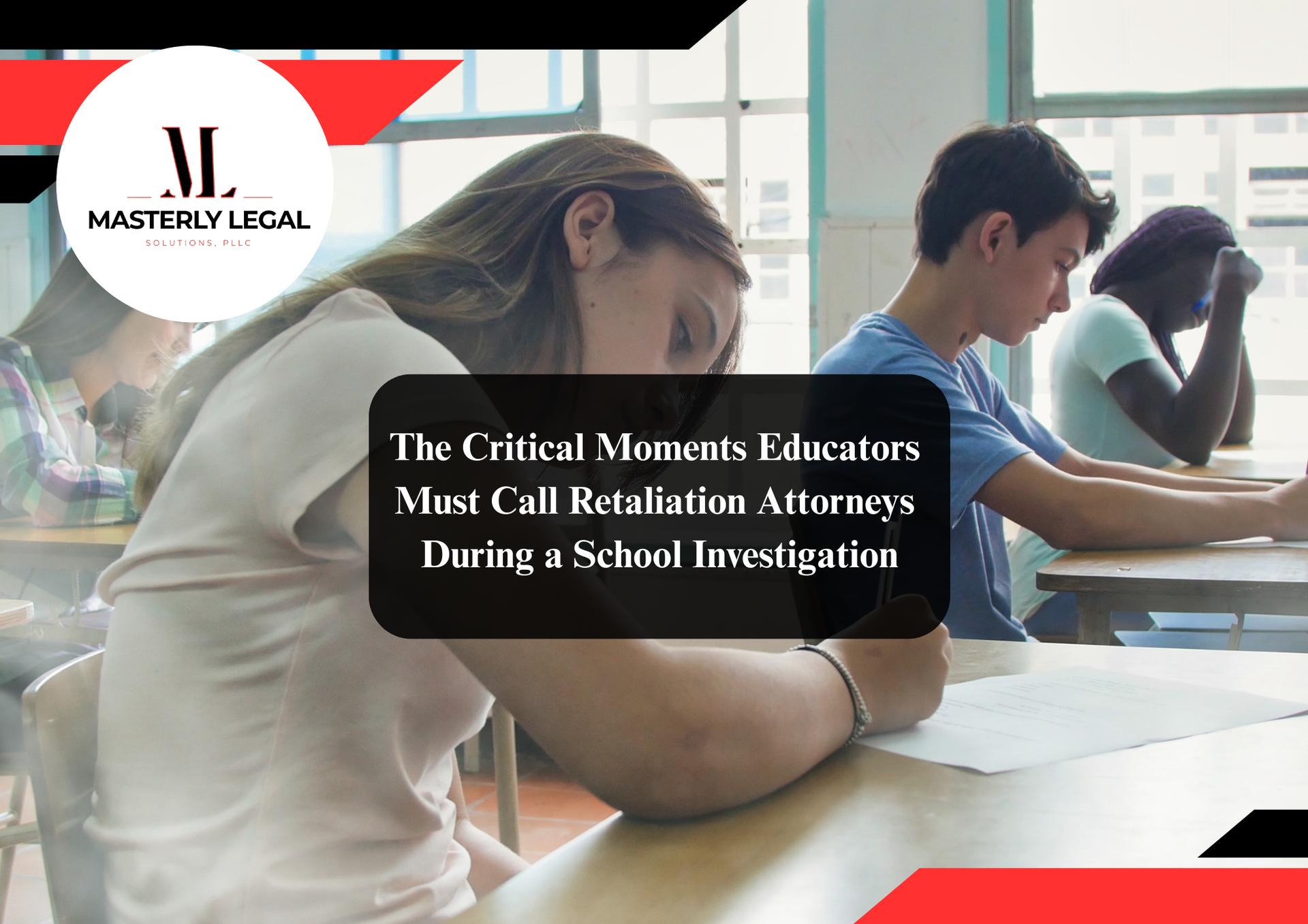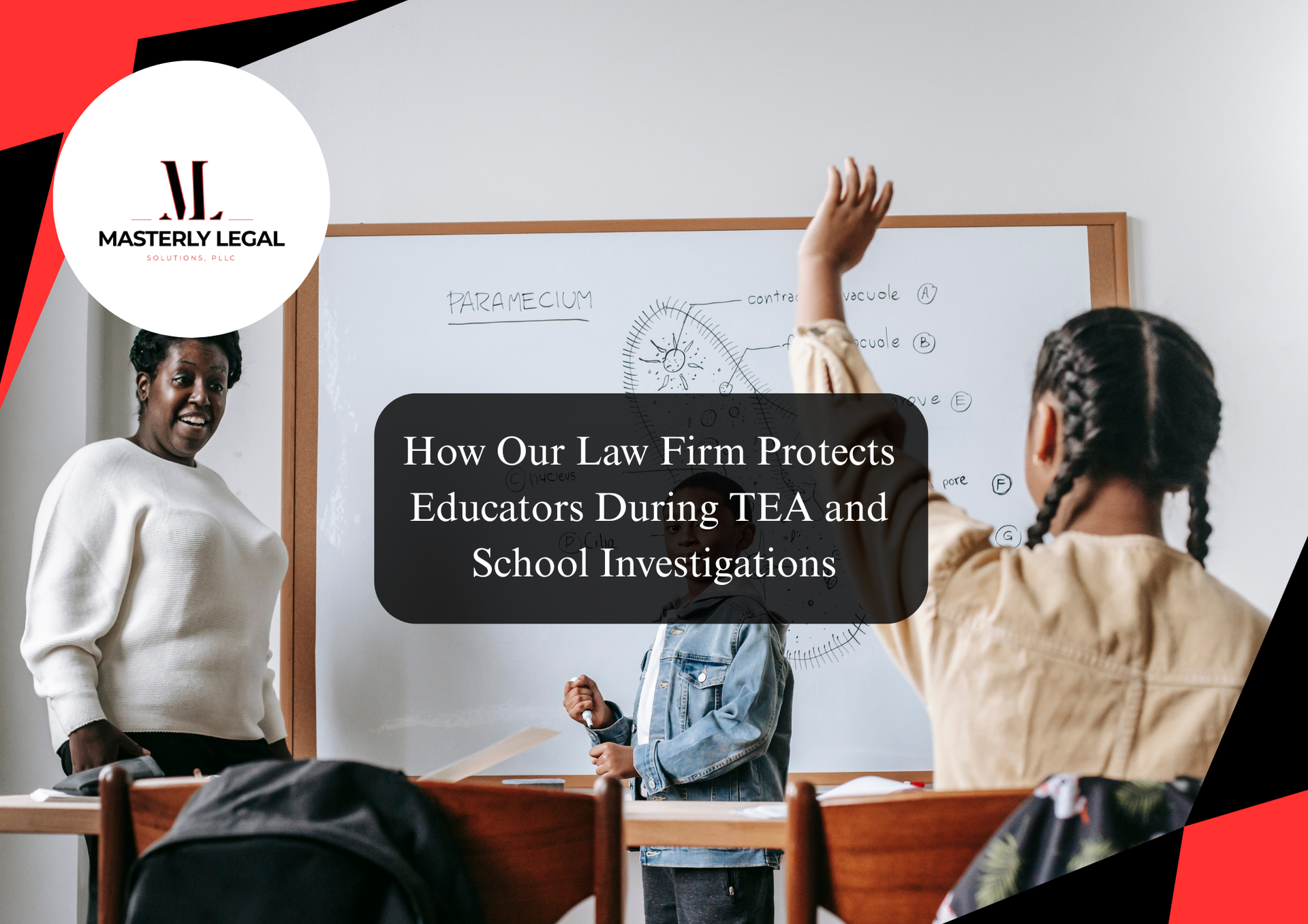Legal Risks Multiply Without Proper Sexual Harassment Training for Supervisors
The Growing Threat of Workplace Harassment Lawsuits
Workplace harassment isn't just a human resources issue—it’s a legal landmine. When supervisors lack proper sexual harassment training, organizations expose themselves to significant liability. Laws like Title VII of the Civil Rights Act and various state statutes hold employers responsible for what their supervisors know—or fail to act on.
Employers with one or more employees must ensure that all supervisors understand their responsibilities. Failing to do so doesn’t just threaten employee morale—it creates conditions ripe for lawsuits, government investigations, and reputational harm.
The Legal Landscape: More Than Just Federal Law
While federal laws offer baseline protections, many states like California and Illinois impose their own strict requirements on harassment prevention training. Illinois employers, for instance, must provide annual training that covers sexual harassment prevention.
Additionally, New York City employers and other jurisdictions have passed aggressive ordinances requiring sexual harassment prevention training for supervisors and non supervisory employees alike.
State Mandates You Must Know
- California requires online training or in-person courses every two years.
- Illinois mandates sexual harassment training for all employees, regardless of company size.
- New York City adds additional guidance through its Human Rights Law.
Failing to comply means civil fines, lawsuits, or both.
Why Supervisors Play a Critical Role
Supervisors are the organization's first line of defense in identifying and resolving harassment claims. But without adequate training content and instruction on key concepts, supervisors often mishandle situations or don’t act at all.
When they fail to respond, employers may face claims of negligence or retaliation. The law holds employers accountable for supervisors' actions—even if upper management was unaware of the incidents.
Core Components of Effective Harassment Prevention Training
To be effective, sexual harassment prevention training should include more than a slideshow and a signature sheet. High-quality compliance training must be:
- Tailored to the state where the business operates (e.g., California, Illinois).
- Regularly updated with changes in law and enforcement policies.
- Delivered in accessible formats, including mobile device options.
It should address unlawful harassment, acceptable behaviors, conflict resolution, and how to prevent harassment through workplace policies and inclusion training.
What Happens When Employers Fail to Comply
When workplace harassment prevention training is ignored or poorly executed, the results are often catastrophic:
- Employees file EEOC charges or lawsuits citing hostile work environments.
- Organizations suffer public backlash, especially if harassment is ignored by managers.
- Legal fees, fines, and damages can easily exceed six figures.
- Internal morale drops, leading to increased turnover and decreased productivity.
The Hidden Costs of Ignoring Harassment Training
Organizations that don’t invest in solid harassment prevention training often face hidden operational costs. These include:
- Employee disengagement due to fear or frustration.
- Lost productivity from unresolved conflict.
- Reputational damage in the media or on employer review sites.
- Increased insurance premiums or coverage denials.
Technology Can’t Solve Everything
While online training offers scalable solutions, it cannot replace well-designed, interactive courses that allow for discussion, policy clarification, and application of scenarios. Supervisors need real-world examples to understand their role in preventing harassment in the workplace.
Using only software without technical support or compliance oversight may leave gaps in training content and reporting mechanisms.
Preventing Harassment Starts with Clear Policies
Every organization should implement a clear and accessible sexual harassment prevention policy. Supervisors must be trained on how to enforce it, and new employees should be onboarded with immediate access to both the policy and training modules.
The start date for training should coincide with hiring, not months down the line.
Training Should Not Be One-Size-Fits-All
Not all employees learn the same way. Your training strategy should reflect your workplace culture, address diversity and inclusion, and offer flexibility through various formats:
- Live workshops
- Webinars
- Self-paced online training
- Microlearning segments accessible on mobile devices
Common Supervisor Missteps That Lead to Legal Risk
Untrained supervisors often:
- Dismiss offensive jokes as harmless
- Fail to escalate complaints properly
- Retaliate—knowingly or unknowingly—against complainants
- Neglect their responsibilities under law and internal policy
These missteps become costly liabilities if not addressed through robust compliance training.
The Supervisor’s Legal Responsibilities
According to the Civil Rights Act, a supervisor’s knowledge or inaction can be considered the employer’s failure. Supervisors must:
- Intervene when they witness harassment
- Know when to escalate issues to HR or legal counsel
- Protect complainants from retaliation
- Document all steps taken
Inclusion and Respect: Building a Safer Culture
Inclusion training reinforces respect and empathy. It helps supervisors identify bias, avoid harmful language, and foster a respectful work environment.
Cultural competency and awareness of national origin, gender identity, and disability status can minimize workplace discrimination and improve employee relations.
What Effective Harassment Training Looks Like
Strong sexual harassment prevention training includes:
- Legal definitions of unlawful harassment
- Real-life scenarios tailored to the industry
- Responsibilities of supervisors, employees, and HR
- How to respond to and prevent harassment
- Legal consequences under state and federal law
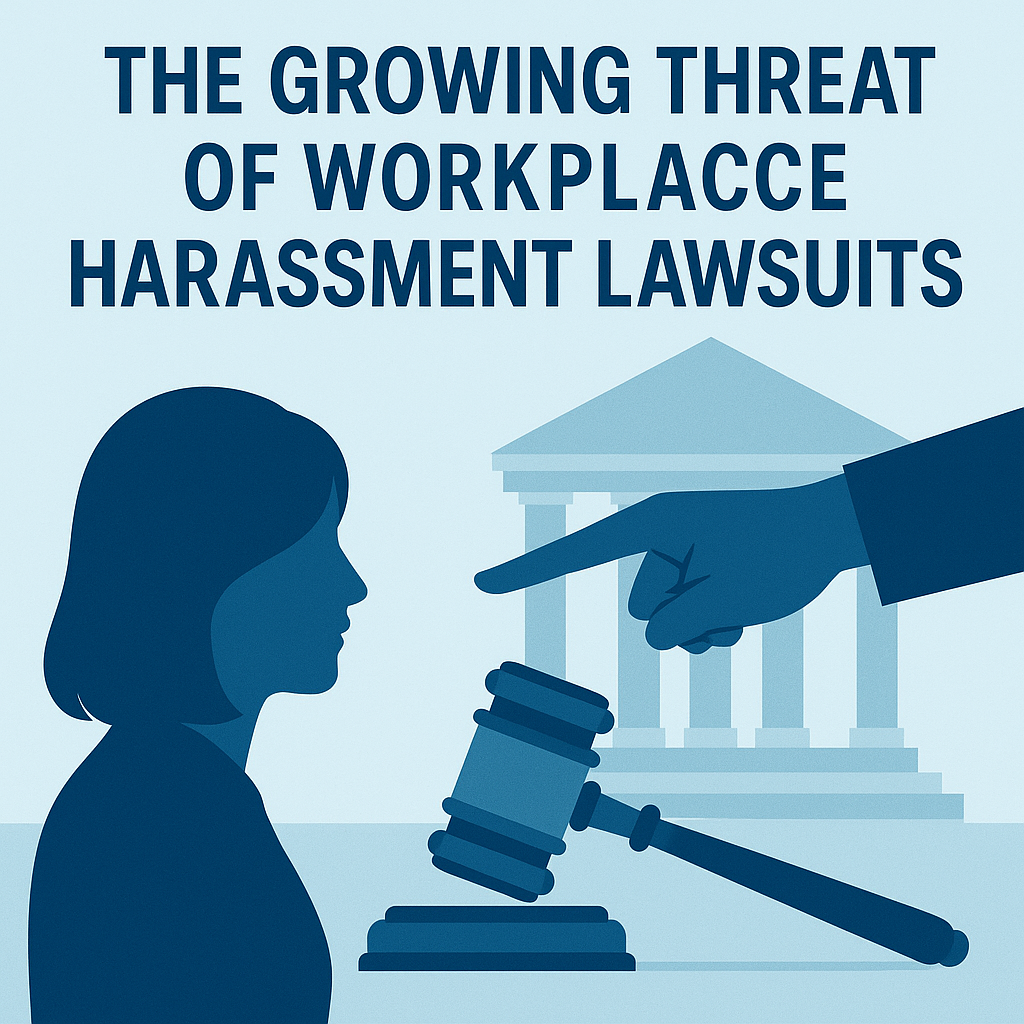
Annual Training Isn’t Optional
Whether you operate in California, Illinois, or other states, many laws now require annual training. Even if not required by law, it is a best practice to keep your team current on evolving definitions, legal standards, and internal processes.
Don’t Wait for a Lawsuit to Train Your Team
Waiting until an incident occurs to train supervisors shows a lack of foresight and due diligence. Proactive training avoids risk, ensures compliance, and builds trust with your workforce.
Training Supervisors Builds Legal Defenses
Courts are more sympathetic to employers who show they’ve made good-faith efforts to address workplace harassment. A well-trained supervisor can help prevent a bad situation from escalating into litigation.
Creating a Culture of Accountability
Training only works when paired with accountability. Supervisors must know they are expected to lead by example and be held responsible for how they conduct themselves and how they handle others' behavior.
This accountability encourages a safer, more productive workplace.
Why Employers Can’t Afford to Ignore This
Employers today are expected to foster a safe, inclusive workplace. Ignoring harassment prevention training communicates indifference to your team's well-being—and puts your organization at legal risk.
Comprehensive, documented training protects your business and supports your people.
Tools to Support Ongoing Learning
Use mobile device access, reminders, and scenario-based training modules to ensure retention and engagement. Consider:
- Refresher modules every six months
- Role-playing exercises for managers
- Anonymous surveys to monitor culture
- Clear FAQs for new employees
Compliance Audits: Is Your Training Program Legally Sound?
Conduct regular audits of your training content, delivery method, and policy enforcement. Document everything. These records can serve as a vital legal shield in the event of litigation.
Evaluating the Right Training Partner
Not all sexual harassment prevention training programs are created equal. Look for a provider that offers:
- Customization for your industry and state
- Engaging and scenario-based course content
- Legal insight into Title VII and state laws
- Ongoing technical support
Partnering with professionals ensures your organization is both legally compliant and ethically sound.
Address Harassment Before It Starts
Sexual harassment prevention isn’t just about reacting—it’s about being proactive. Teach supervisors to recognize early warning signs and respond before the issue spirals out of control.
Set the Tone From the Top
Executives, managers, and supervisors should be the first to undergo training. When leadership commits to creating a respectful work environment, the rest of the team will follow.
Training New Hires Immediately
Onboarding is the perfect time to set the tone. New employees should receive harassment prevention training on their start date, ensuring they understand both their rights and responsibilities.
Final Thoughts: Build Trust, Not Just a Defense
At its core, sexual harassment training isn’t just about compliance—it’s about building a better workplace. When people feel safe, valued, and respected, businesses thrive.
Incomplete Training Leaves Employers Exposed to Legal Action
Without comprehensive sexual harrasment training and workplace harassment training for supervisors, employers face growing legal exposure. Many organizations mistakenly believe a one-time course or a brief policy overview is sufficient—but courts and regulatory agencies expect much more. Supervisors must understand how to identify, report, and prevent harassment while modeling acceptable workplace behavior. Failure to provide in-depth, role-specific training leaves critical knowledge gaps that can lead to costly lawsuits, fines, or employee turnover. For additional information on how to protect your organization through proper training, it’s essential to consult legal professionals who understand both state-specific mandates and federal compliance requirements.
Ready to Protect Your Business?
If you're unsure whether your harassment training is effective—or if you haven’t started at all—Masterly Legal Solutions is here to help. We provide tailored training programs, legal risk assessments, and policy development to help you reduce liability and protect your workforce.
Contact us today at (972) 236-5051 for a free consultation. Let us walk you through the right steps to safeguard your business and support your team with confidence.
Whether you’re onboarding new managers, meeting your state’s annual requirement, or building a safer workplace culture from the ground up—we’re ready to help.
Disclaimer: This article is for informational purposes only and does not constitute legal advice. Please consult an attorney for specific legal guidance tailored to your organization.
Looking for Legal & Business Solutions? Contact Us Now
Fill in the form or call us to set up a meeting
